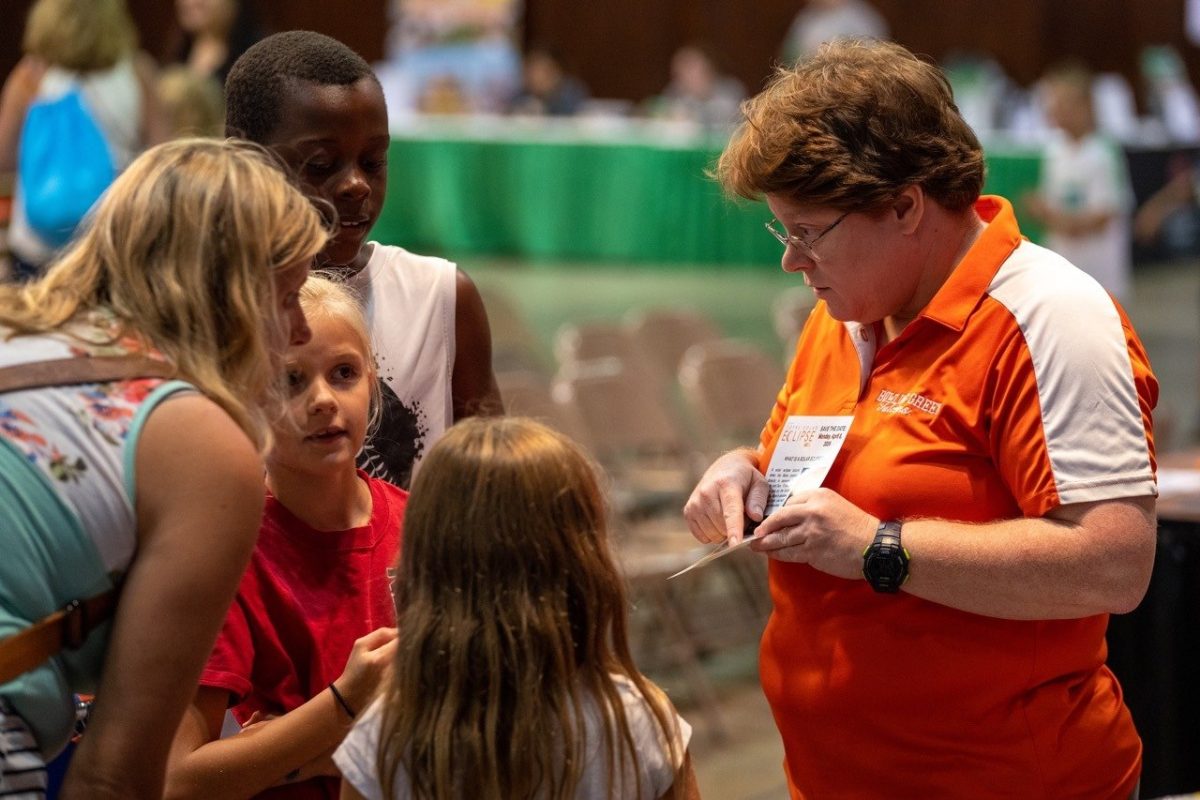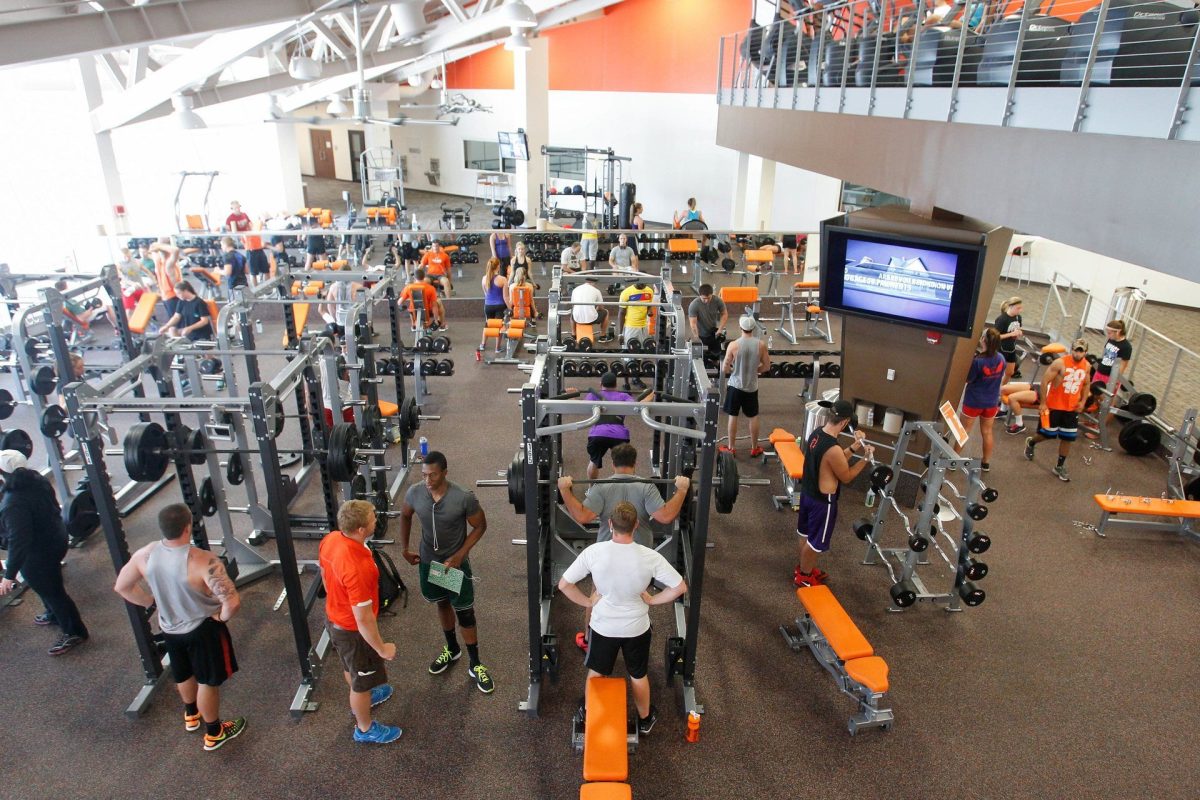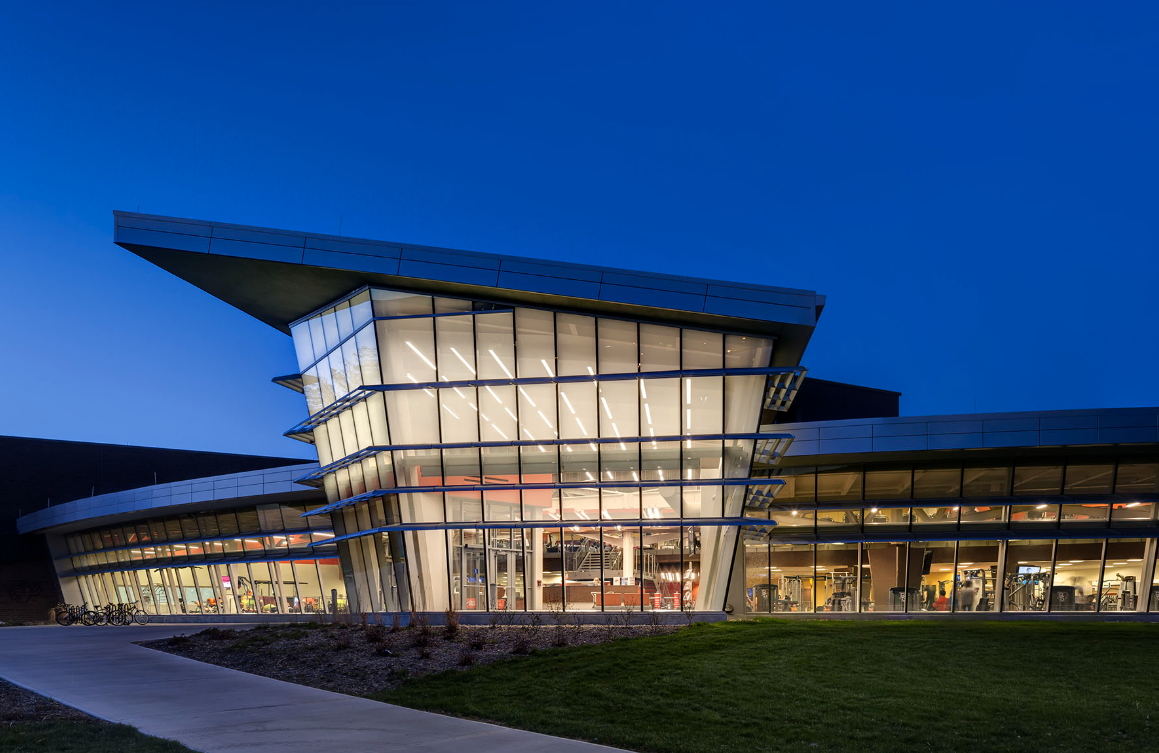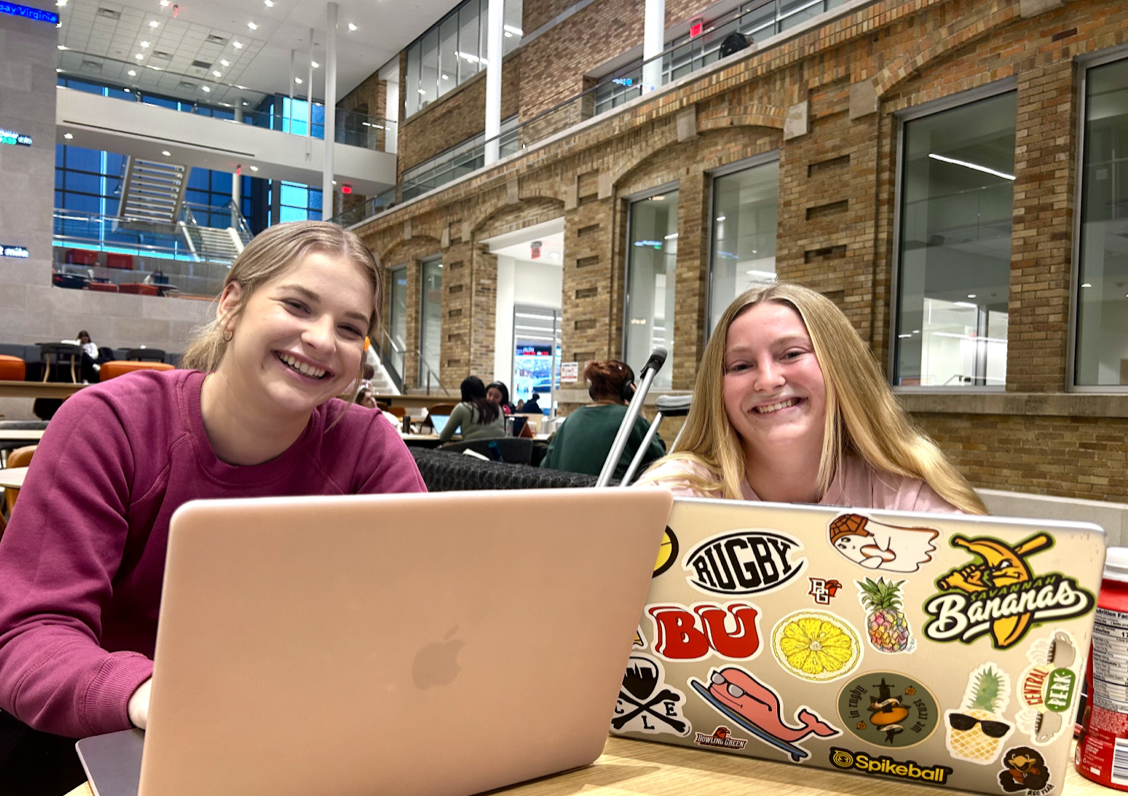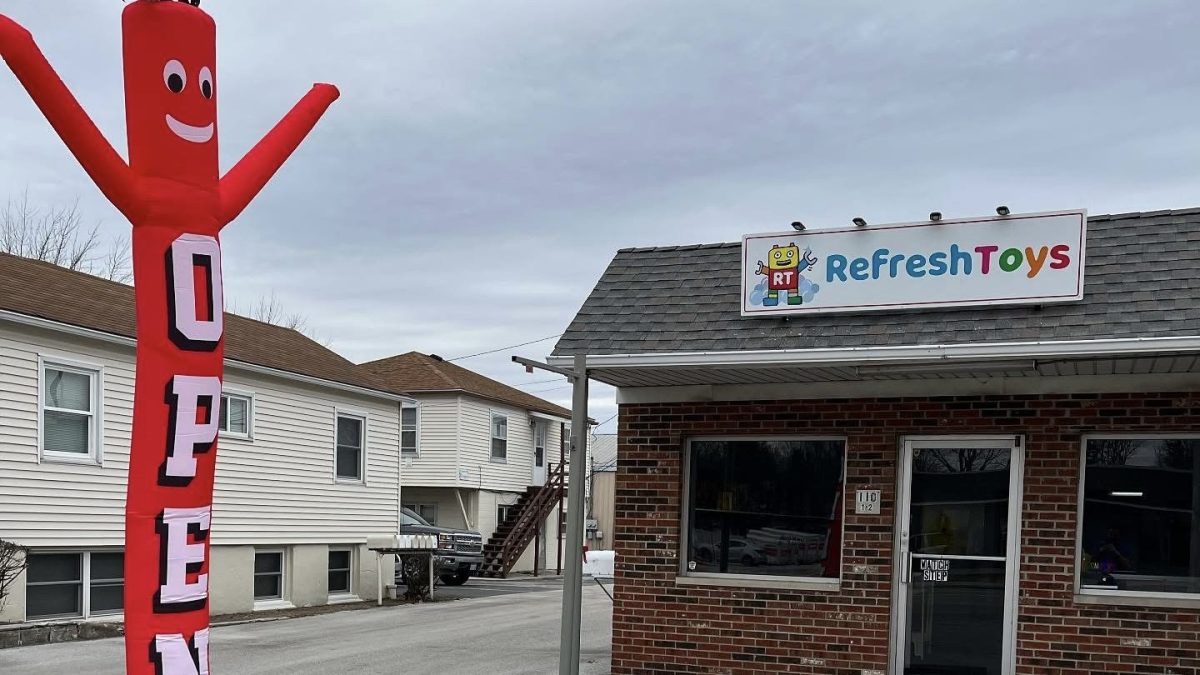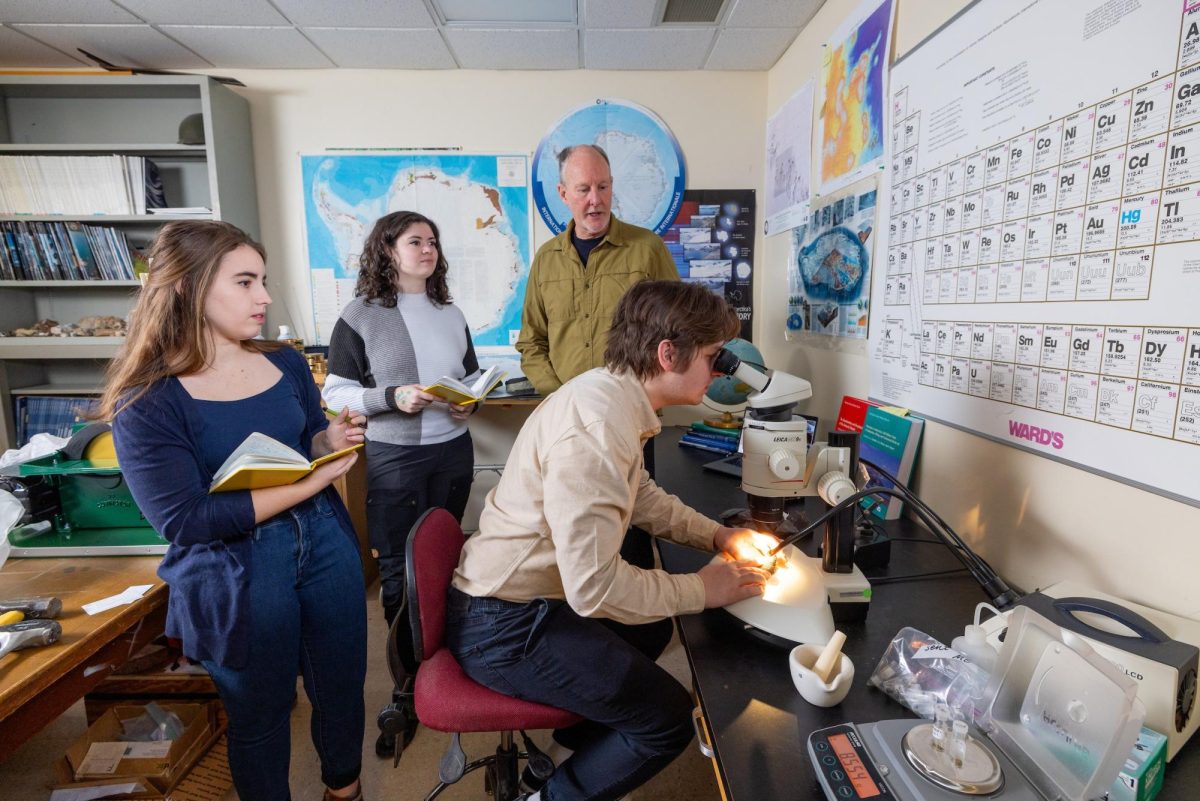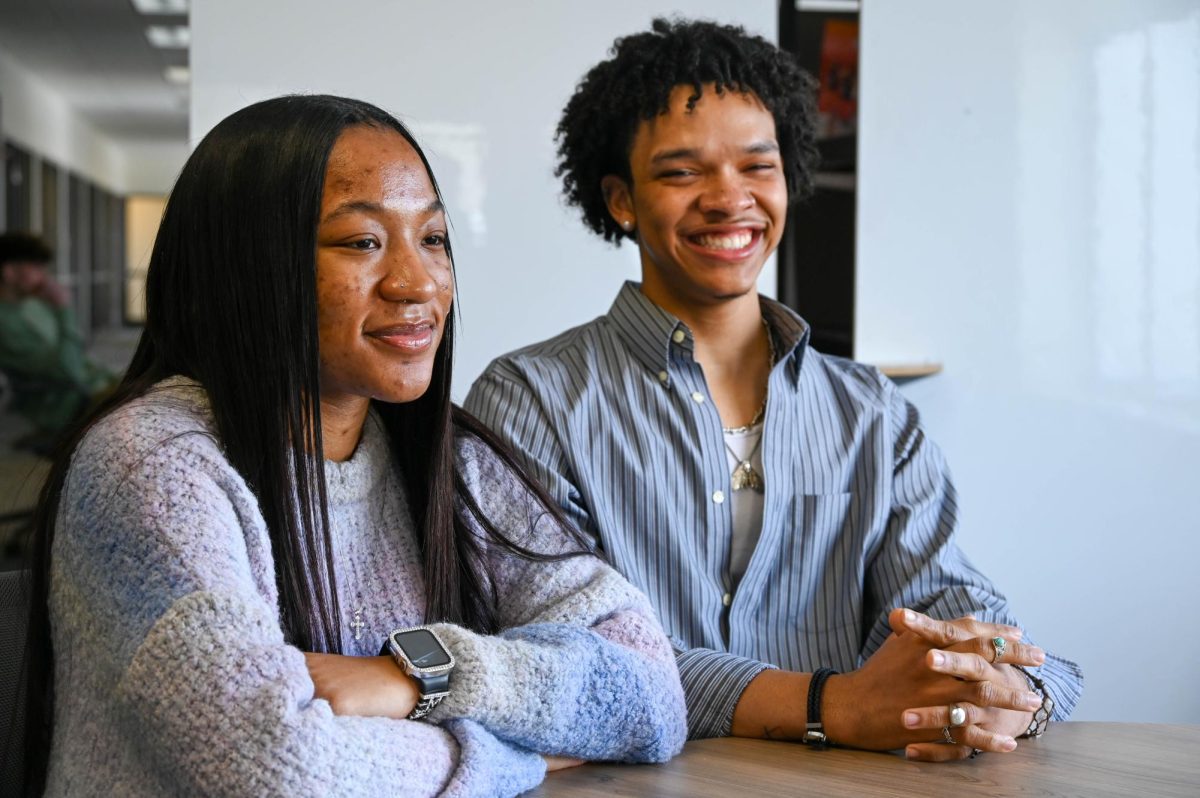The Oaks not only provides a place for students to eat, but also to grow food.
The dining hall, which was opened in fall 2011, has a vegetable, herb, spice and fruit garden on the roof of the building. It is intended to help dining services with cooking as well as an opportunity for students and faculty to help out with the garden.
This garden is a part of the Green Roof Project, which is a pool of money for students who are part of a committee to utilize for on-campus projects to help the campus become environment friendly.
The Green Roof Project is part of the green initiative fund, an optional $5 charge tacked onto students’ tuition fees. The money then goes into the fund and the students decide what they think is the best way to spend the money.
Nick Hennessy, sustainability coordinator in the Office of Campus Sustainability, explained the primary reason for planting the garden was to demonstrate and create an opportunity for students and faculty members to get involved with the green roof.
Dining services, the green fund and campus sustainability came together and worked as a joint operation when building the garden.
Hennessy said no one knows about the garden so tours were established. Tour dates were released through campus update last week.
The garden is sectioned off into roof panels for the food, but also includes a deck made out of re-purposed wood, recycled plastic tables, umbrellas and solar power water features.
“We wanted everything that went into the project to be recycled and healthy for the environment,” Hennessy said. “We even have a rain collector, which literally collects rain water that we use to water the plants.”
Senior Erin Jacoby has been at Dunkin’ Donuts and noticed green on the roof.
“I didn’t know what it was, but when I asked people they said there was a garden growing on the roof,” she said. “I had no clue it was there and seems to be an odd place to grow one, but it definitely caught my attention.”
Jacoby usually opts out of paying the extra $5 for the Green Roof Project because she said she doesn’t know where the money goes.
“It’s such a generic description and I don’t really feel like looking up what it all entails, so I usually don’t pay it,” she said. “But it’s a good idea because I’m sure it saves dining services money rather than buying the food.”
Hennessy said campus sustainability doesn’t look at cost of the garden and purchasing of the food compared to just buying it in bulk from a grocery store.
“We don’t look at that as much as the opportunity provided and support of students from this project and experience,” he said. “We are not keeping track of the price because it is not our main goal.”
Although there has been talk of putting other gardens on top of buildings, there are many deciding factors which go into choosing where one will go.
“We put this garden on top of The Oaks because of the stability of the building,” Hennessy said. “A garden needs a lot of support and holds a lot of weight, so when The Oaks was being built, we made sure it could put the garden on top.”
Before the Green Roof Project moves onto another roof, inspection of the building will take place to ensure it will be able to hold the weight.
“There certainly has been talk of building another garden but nothing is definite,” Hennessy said. “I’m sure it will go on a renovated building or a brand new one.”
Senior Allison Hines thinks the more gardens, the better.
“Gardens are a great idea especially if they are being used for campus food,” Hines said. “Hopefully more will be planted.”
Students and faculty members have also been involved. Professors have made class assignments where students help plant, water or clean around the garden area for class participation.
“Environmental classes as well as others have helped plant and organize things, which [is] always great to see,” Hennessy said. “Service learning projects have also been involved with the garden.”
Because multiple uses have come from the planting of this garden, Hennessy wants more students and community residents aware of its existence.
“This garden is very useful and a great asset to the University because it reduces heat on roof and is more attractive as well as many other things,” Hennessy said. “We are starting a promotional project through Facebook in order for people to know about the garden and come and visit it.”
Anyone in the community interested in a tour can email the main office at [email protected].


